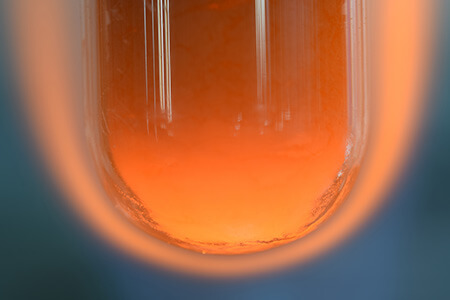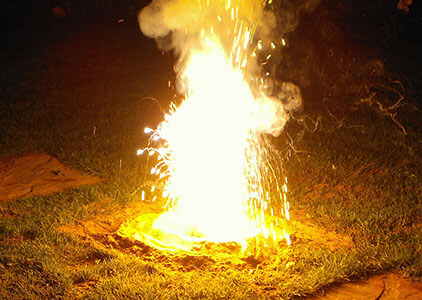This is a lesson summary. The full lesson can be viewed by purchasing an online course subscription.
Learning Objective
In this lesson we will learn how the rate of a chemical reaction is affected by the following factors: temperature, concentration, pressure, surface area, stirring and catalysts.
Learning Outcomes
By the end of this lesson you will be able to:
- Explain how temperature affects the rate of a chemical reaction.
- Explain how concentration of solutions affects the rate of a chemical reaction.
- Explain how pressure of gases affects the rate of a chemical reaction.
- Explain how surface area of solids and liquids affects the rate of a chemical reaction.
- Explain how stirring affects the rate of chemical reactions involving heterogeneous mixtures.
- Explain how catalysts affect the rate of a chemical reaction.

(Image: Tim, Adobe Stock)
Lesson Summary
- The rate of a chemical reaction is largely determined by the chemical properties of the reactants, but is also affected by factors that influence either of the following:
- The frequency of particle collisions.
- The proportion of particle collisions that are successful.
- An increase in temperature will lead to an increase in reaction rate.
- Reactant particles move around more, resulting in a greater frequency of collisions.
- Reactant particles have more energy, resulting in a greater proportion of collisions with sufficient energy to break bonds.
- An increase in the concentration of solutions or pressure of gases will lead to an increase in reaction rate.
- More reactant particles are in a given space, resulting in a greater frequency of collisions.
- An increase in the surface area of solids or liquids in heterogeneous reaction mixtures will lead to an increase in reaction rate.
- More reactant particles are exposed to collisions, resulting in a greater frequency of collisions.
- Stirring of heterogeneous reaction mixtures will lead to an increase in reaction rate.
- More reactant particles are exposed to collisions, resulting in a greater frequency of collisions.
- The presence of catalysts will lead to an increase in reaction rate.
- The energy required to break bonds is lowered, resulting in a greater proportion of collisions with sufficient energy to break bonds.

(Image: CaesiumFluoride, Wikimedia Commons)
(Header image: NASA, Wikimedia Commons)
